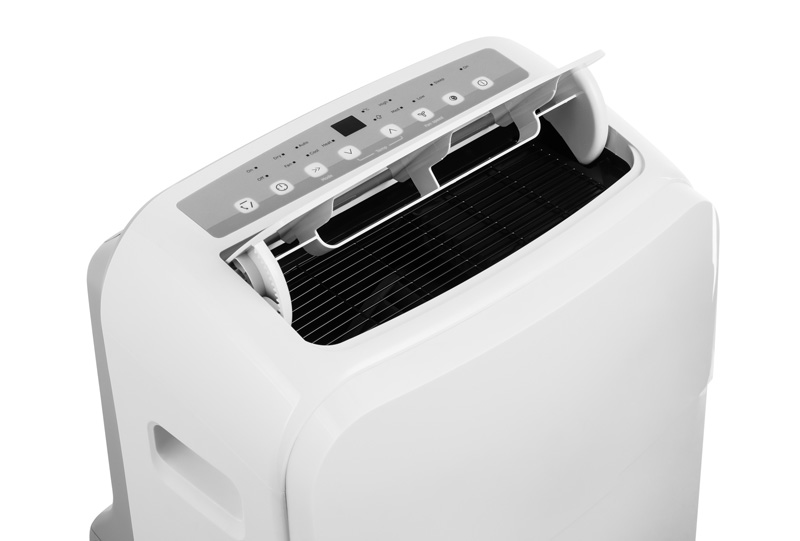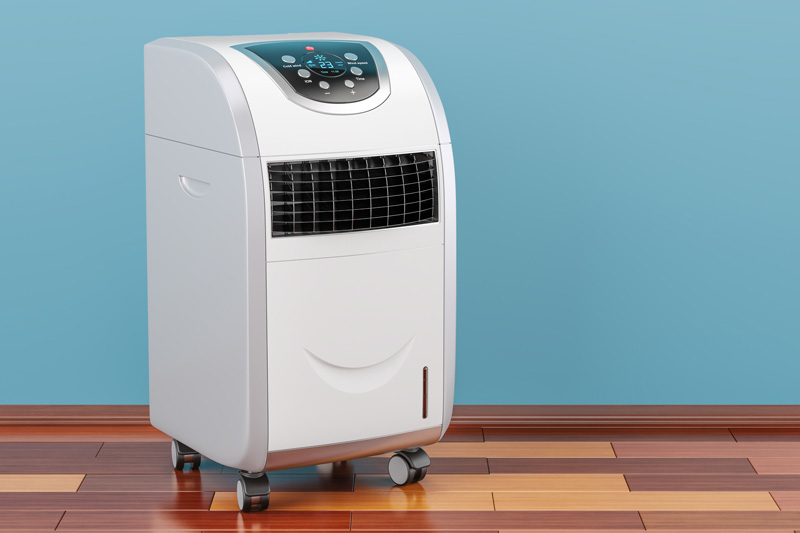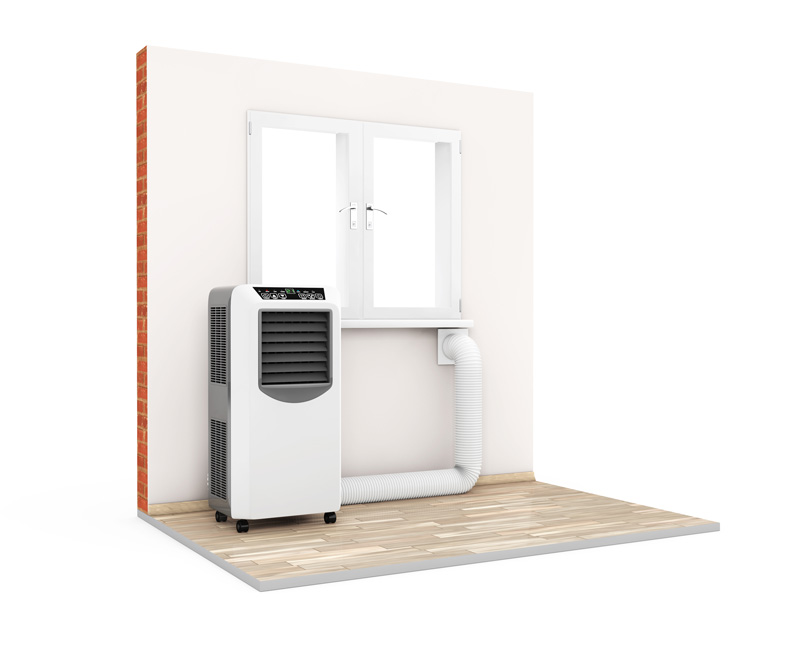If you are considering purchasing a portable air conditioner, there are many benefits. For those of you interested in hearing more about air conditioners, here are some essential facts.
Portable Air Conditioner Energy Consumption
In the United States, the average air conditioner runs 750 hours each year. Since air conditioners use a lot of electricity, their efficiency has become a public issue. The EER, or Energy Efficiency Rating, is the ratio of the Btu’s per hour to the number of watts the unit draws.
EER ratings of 7 or 8 are at the low end of energy efficiency. Many units have ratings around 12, which are good.

Circuit Load
Before you start your search for a portable air conditioner, check your breaker box for the number of amps available to the room you want cooled. If you buy a unit that draws 14.5 amps on a 15-amp circuit, you’ll have the additional but unintended effect of sitting in the dark while enjoying your new portable air conditioner.
How Noisy Is A Portable Air Conditioner?
Most portable air conditioners that deliver 14,000 Btu’s or less have a noise level around 50 decibels. This is comparable to the loudness of most refrigerators. At 60 decibels, a 16,000 Btu unit is slightly noisier. Think of what it’s like to watch TV in the kitchen while the fridge is running.

Which Hose is Best?
There is some controversy as to whether a dual hose unit is superior to the single hose configuration. On one hand, a single hose unit will exhaust from the room some portion of the cool air it just produced.
On the other hand, a dual hose unit eliminates this problem, but the warmer unconditioned air used to cool their compressors results in slightly less efficiency. They also use two internal fans which result in slightly higher energy usage.
There is also different opinions about the wrap insulation around the hose of a single hose unit. This is done to prevent the hot exhaust hose from adding heat back into the room.

Water, Water Everywhere
Portable air conditioners offer three methods for disposing of the water extracted by the dehumidifier component. The most convenient is auto evaporation which eliminates the need for drains or reservoirs. The reliability of this method varies from unit to unit.
The second method is direct drain using a hose attached to the unit. This can be problematic unless the unit is located near a floor drain. Not much chance of that, so you’ll have to use a bucket.
Finally, you get to empty the pan yourself. Just make sure the pan is large enough, so the air conditioner doesn’t shut off in the middle of the night when the pan fills up.
Considering the Price
Price is a secondary consideration to efficiency. As usual, a higher priced unit that operates more efficiently will always end up costing less in the long run than a cheaper, less efficient model.
Portable air conditioners are much less efficient than comparable window units and cost roughly twice as much. What you’re paying for is the flexibility to roll it from one room to another or into a closet for easy storage.